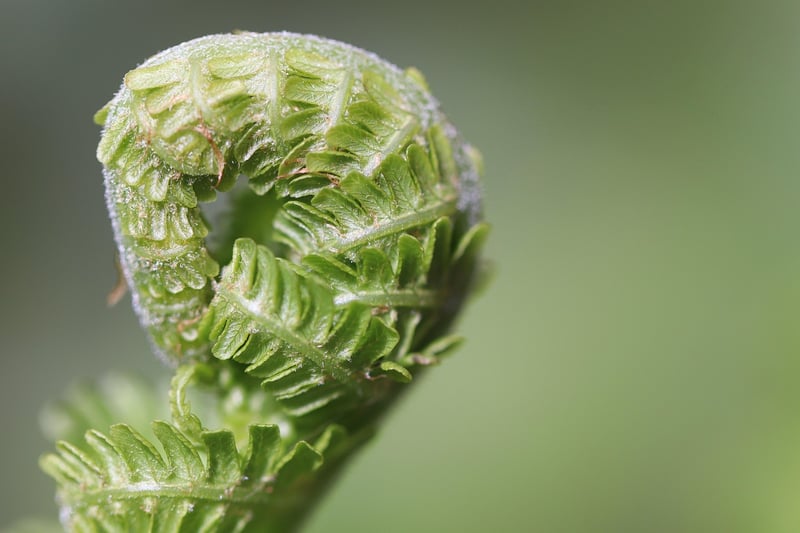Pruning tips
The Art of Plant Pruning: Tips to Nurture Your Plants
Pruning is a crucial aspect of plant care that is often overlooked by many gardeners. Proper pruning not only enhances the aesthetic appeal of your plants but also promotes healthy growth and prevents disease. In this article, we'll explore some essential tips for pruning your plants effectively.
Why Pruning is Essential
Pruning helps remove dead or overgrown branches, improves air circulation, and encourages new growth. It also shapes the plant and prevents it from becoming overly dense, which can lead to pest infestations and diseases.
Pruning Tools
Invest in high-quality pruning shears, loppers, and a pruning saw for larger branches. Make sure your tools are sharp to make clean cuts and avoid damaging the plant.
When to Prune
Pruning timing varies depending on the plant species. In general, it's best to prune flowering plants after they bloom, while winter is an ideal time to prune deciduous trees and shrubs.
How to Prune
Start by removing dead, damaged, or diseased branches. Then, prune to shape the plant by cutting above a bud at a 45-degree angle. Avoid leaving stubs, as they can invite disease.
Pruning Tips
- Regularly sanitize your pruning tools to prevent the spread of diseases between plants.
- Consult plant-specific pruning guides for the best results.
- Step back periodically to assess the plant's overall shape while pruning.
- Don't prune more than 1/3 of the plant's total growth at once to avoid stress.
Conclusion
Pruning is a skill that every gardener should master to ensure the health and vitality of their plants. By following these tips and techniques, you can nurture your plants and enjoy a flourishing garden year-round.

Remember, proper pruning not only benefits your plants but also enhances the overall beauty of your garden. So grab your pruning shears and get started on transforming your plants into healthy and thriving specimens!
Happy pruning!
